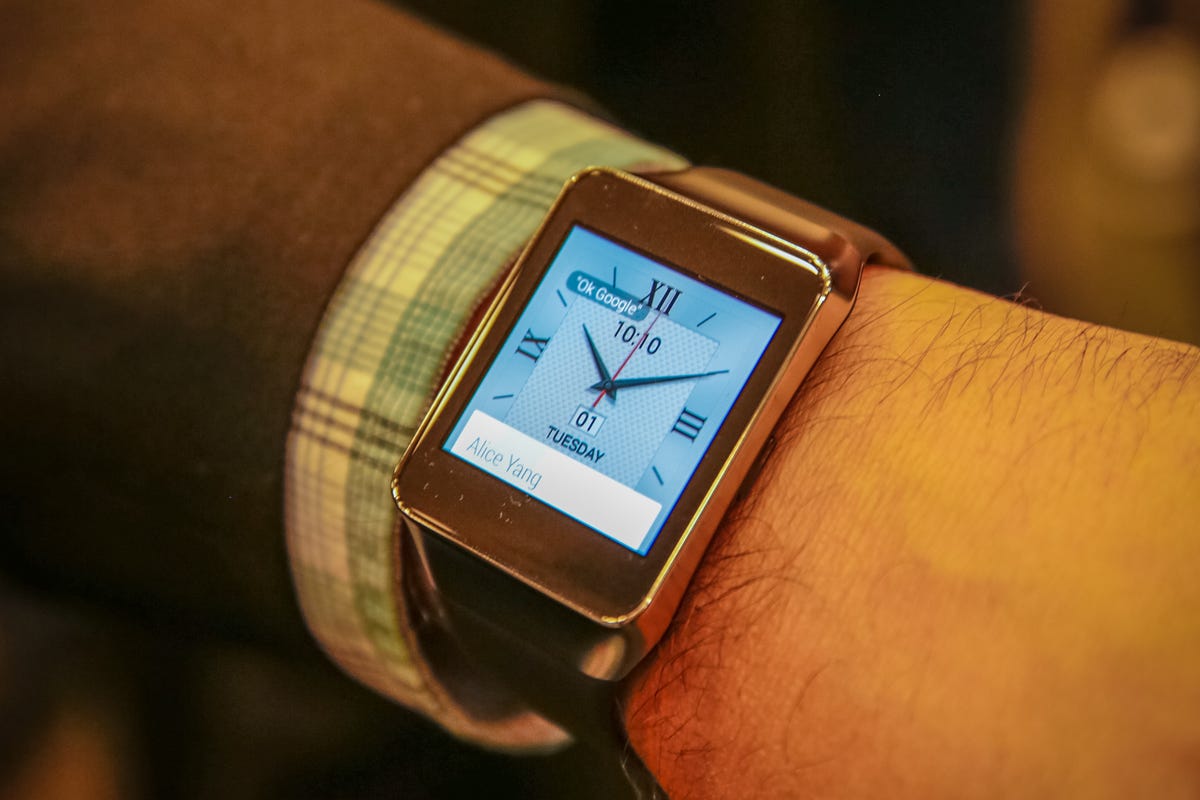
James Martin/CNET
Google’s Android Wear platform re-emerged at Google I/O, along with three watches: the LG G Watch , Moto 360 and Samsung Gear Live . Together, they’re part of a connected strategy for Google. But, how does this differ from existing watches and wearables? In a few pretty significant ways.
Google I/O 2014: Complete coverage
Cross device, cross app connections
Android Wear watches, as demonstrated on stage, will work seamlessly with phones to duplicate notifications, or even apps. Android Wear watches will show apps that are running on the watch itself or on your phone, something that’s not common on any current wearables. It seems a little like Apple’s continuity between iOS and Mac, but for watches. Apps can be downloaded to your phone and instantly downloaded to the watch, creating more of a mirrored extension of your phone experience. (Google repeatedly emphasized a common-screen design philosophy at I/O with their next version of Android, tentatively called Android L.) That might make an Android Wear watch just another tiny screen in your Android world: not the ultimate must-have device, but one of many devices.
Moto 360 making rounds at Google I/O 2014 (pictures)






A common platform for (Android) developers
Getting people to make watch apps isn’t easy: look at Pebble or Gear to see the mixed bag of what mobile apps currently consist of. Google’s aiming to make Android Wear development stem from the same development tools as all of Android. Could that mean one app that runs on phone and watch and tablet (and other places) in one package? It sounds like it.
A deeper dive with the LG G Watch (pictures)




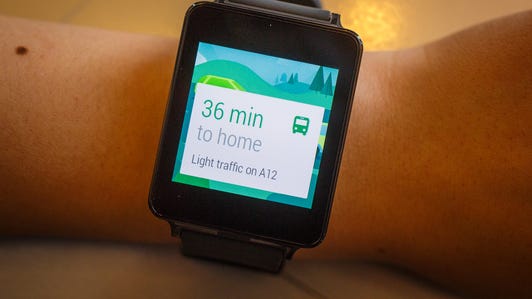

Predictive behavior: These watches that learn your habits
These watches look and feel like Google Now, and that’s no accident: it’s really like having Now on your wrist. And that also means lots of predictive learned notifications: when you last ordered dinner and what it was, or remembering where you need to go next. This could help create shortcuts for common patterns: that’s certainly what was suggested on-stage when a pizza was ordered from a quick short-cut that popped up on an Android Wear watch around dinnertime.
Samsung’s Gear Live $200 smartwatch hands-on (pictures)






Your watch becomes a remote control
Android Wear will be able to control other devices: Android TV boxes, or music playback, and maybe even work with cars. And while it wasn’t explicitly demonstrated, you can bet that the Wear devices will eventually interface with home products in Google’s portfolio, like Nest and — soon — Dropcam. Yes, your phone can already do all of these things, but not having to fumble into your pocket or remember which room you left the phone in means that you could theoretically ramp up to a new level of convenience — if the interface actually works in the real world, of course.
Google I/O 2014: Android wearables coming to your wrist (pictures)
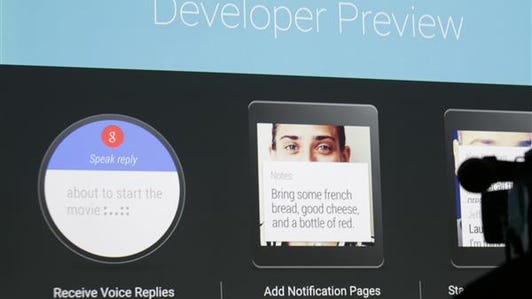

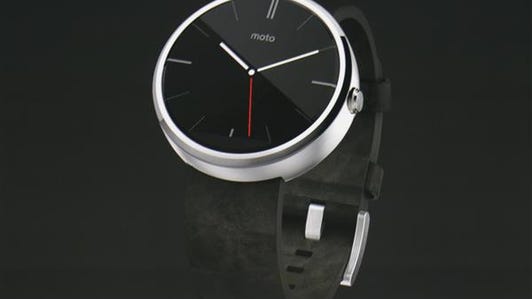

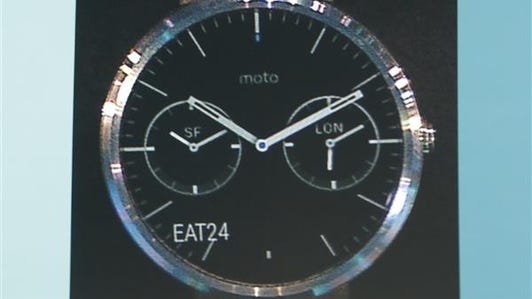

Your watch becomes your security passkey
Android Wear watches will be able to unlock a paired phone, and they’ll enable two-factor authentication. That opens up the possibility of a wearable being able to authorize or unlock a whole host of connected devices, be it your phone, laptop or tablet, or your smart lock, smart lighting, or your car’s push-button starter. And while your phone can already do all this, using the watch as an authenticator would theoretically be more secure — unlike your phone, you’re unlikely to misplace something that’s strapped to your body.
Google strikes first — but Apple is waiting in the wings
There’s no doubt that Android Wear ups the ante for wearable ecosystems in a way that current contenders like Samsung’s Tizen and Pebble — not to mention health-centric competitors like Fitbit, Jawbone, and Withings — just can’t match. Leveraging the power of the already dominant Android mobile OS is nothing to sneeze at.
But the other 800-pound gorilla in the arena is all but certainly waiting to pounce. At Apple’s own developers conference just three weeks ago, the company laid out an eerily similar lineup of features, apps, and interoperability that all but pointed to a wearable product of its own. Google’s drawn first blood, but the seemingly inevitable iWatch would make the battle for your wrist anyone’s game in an instant.



